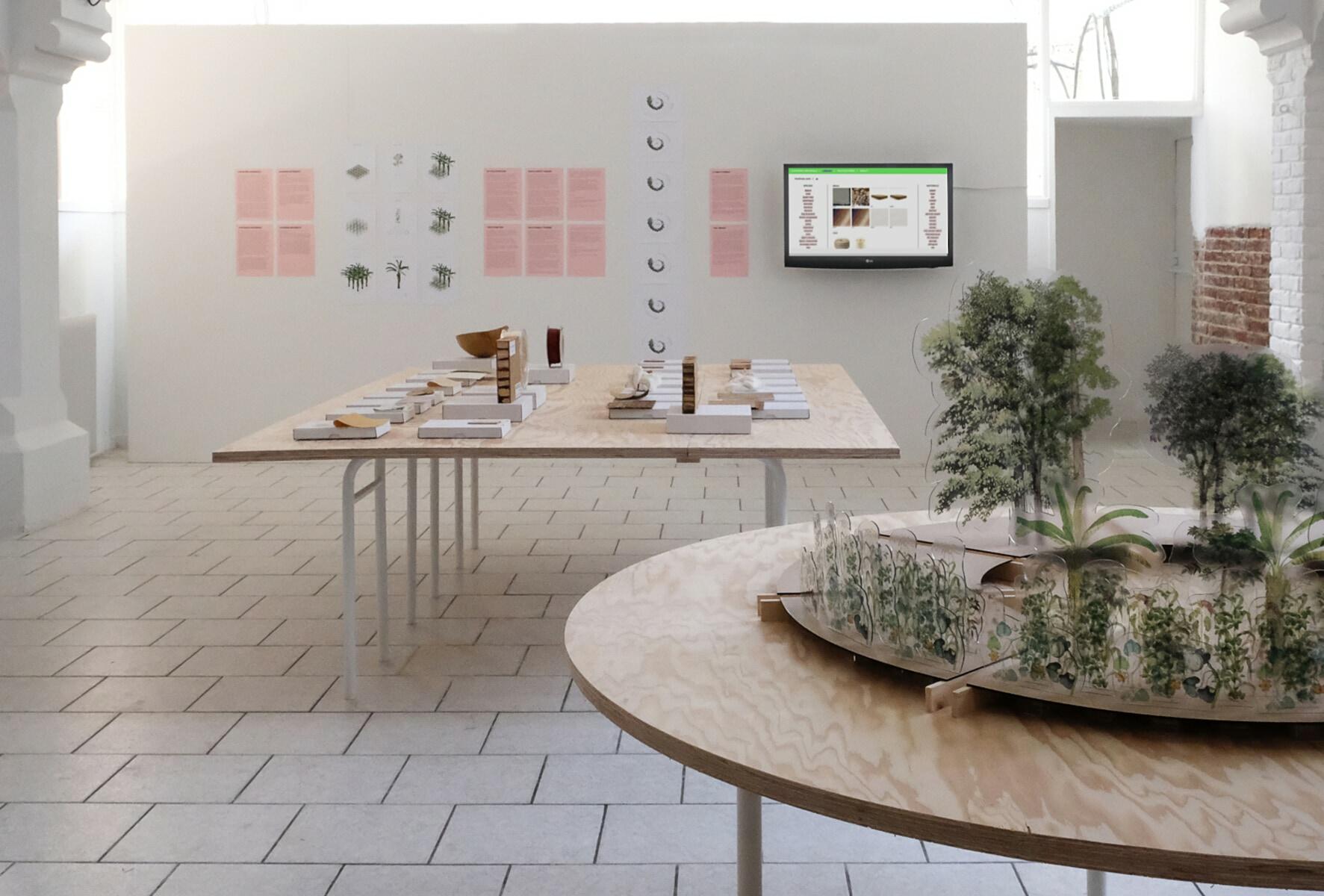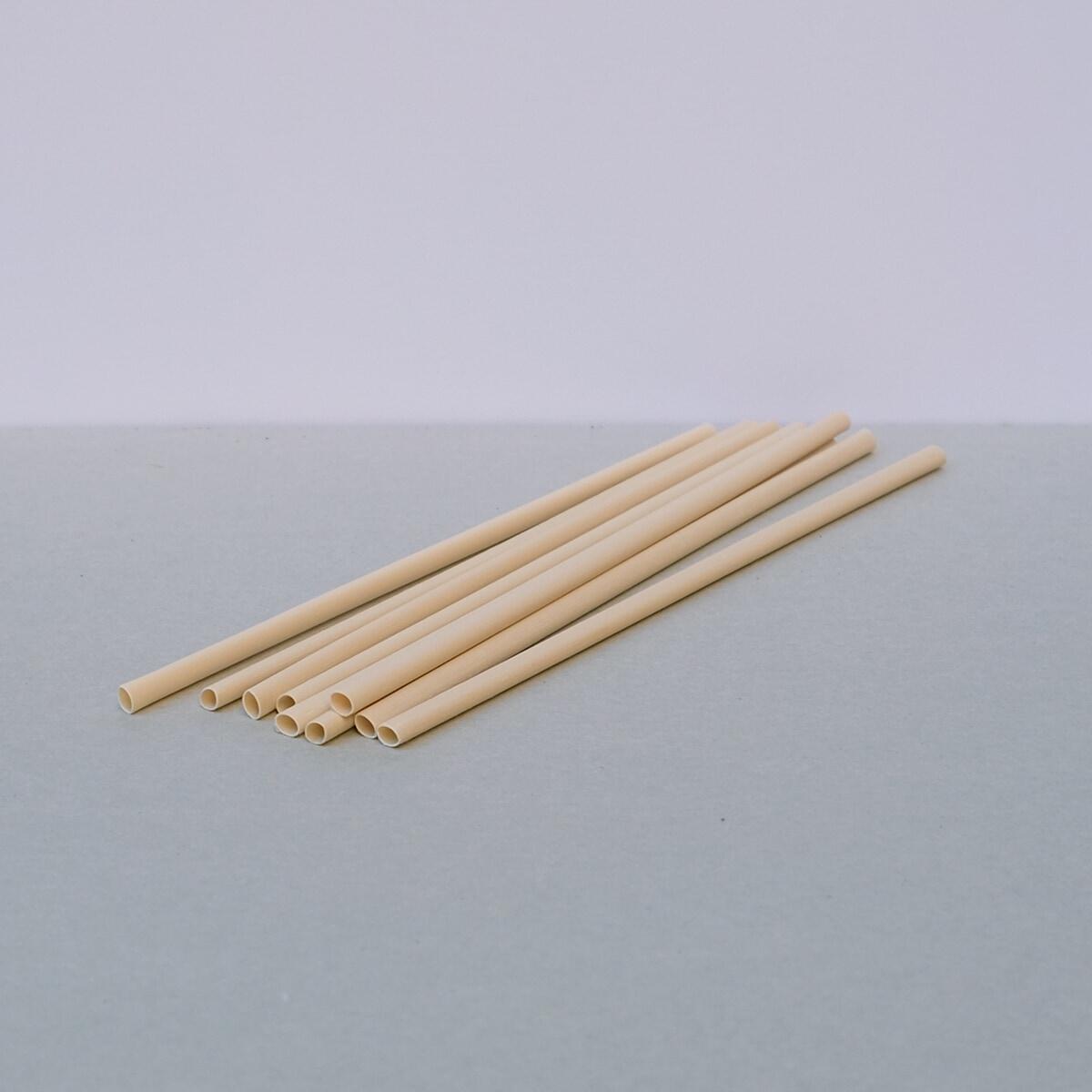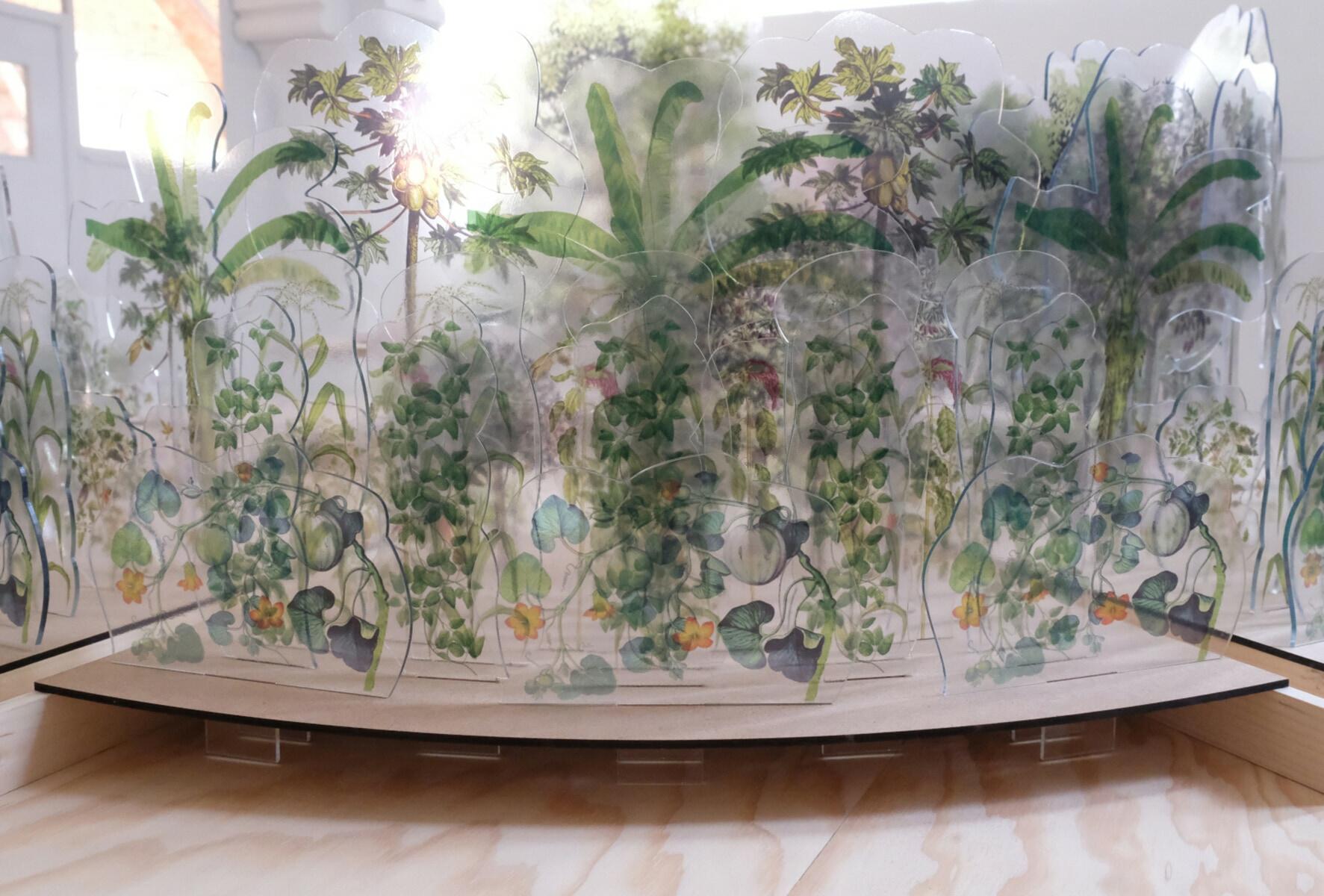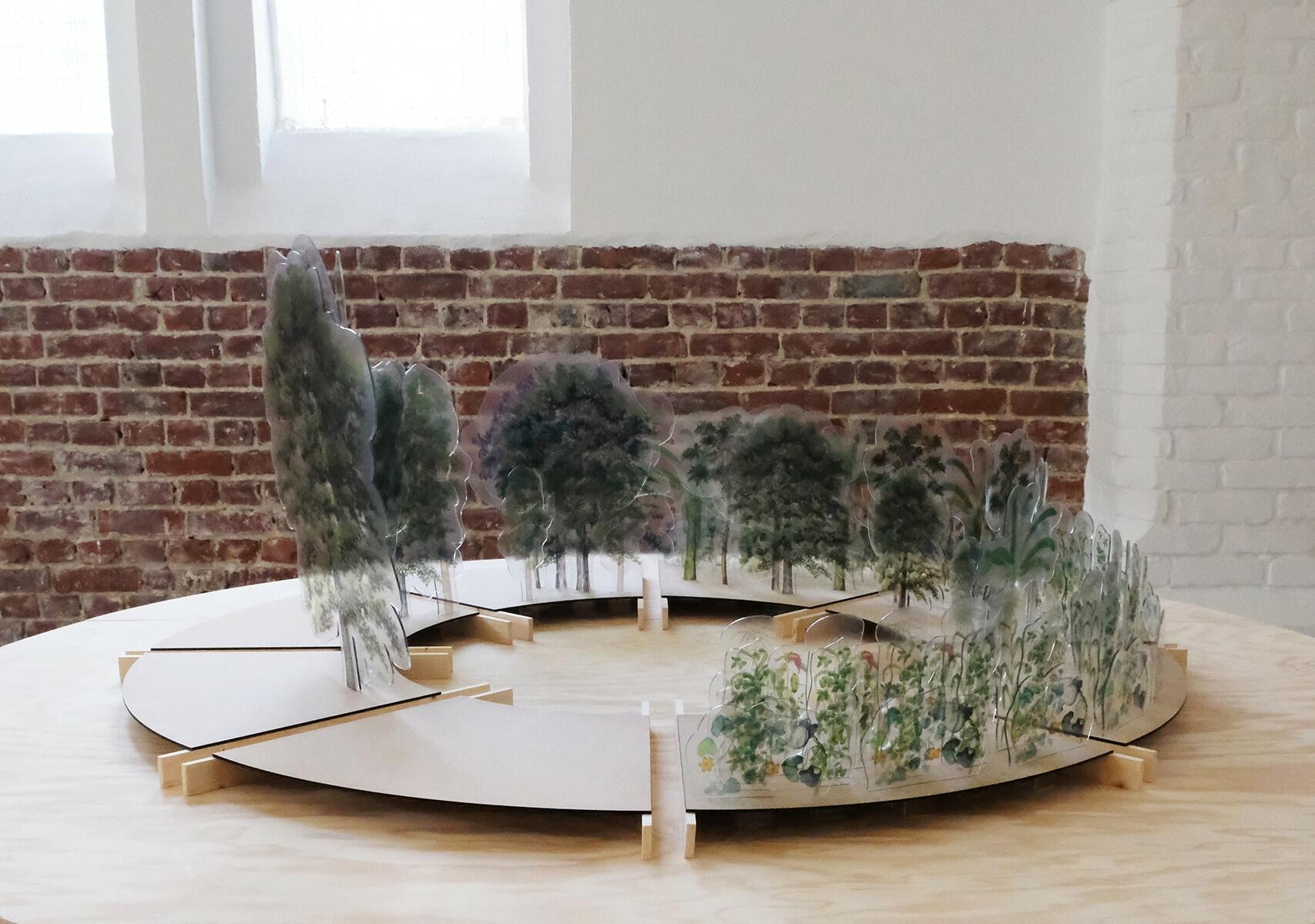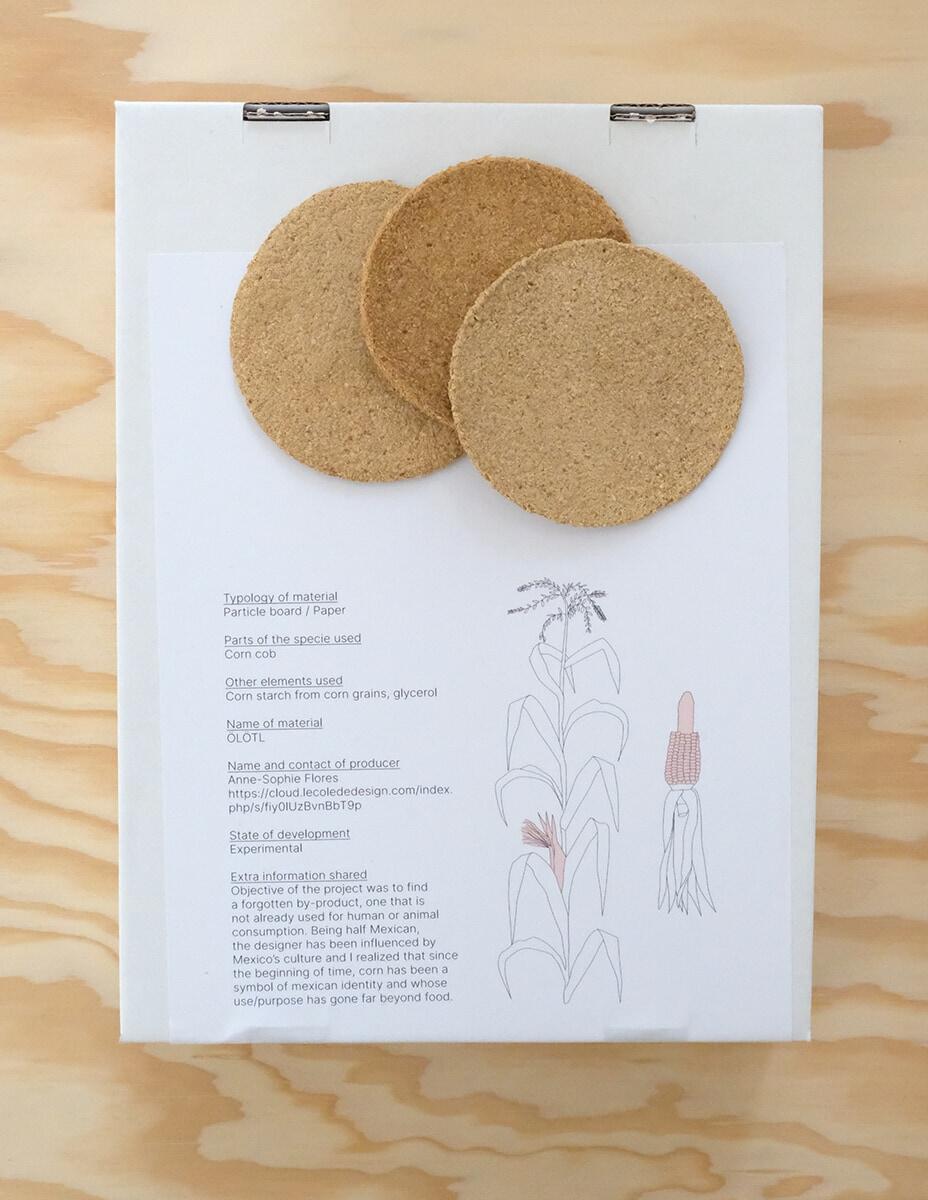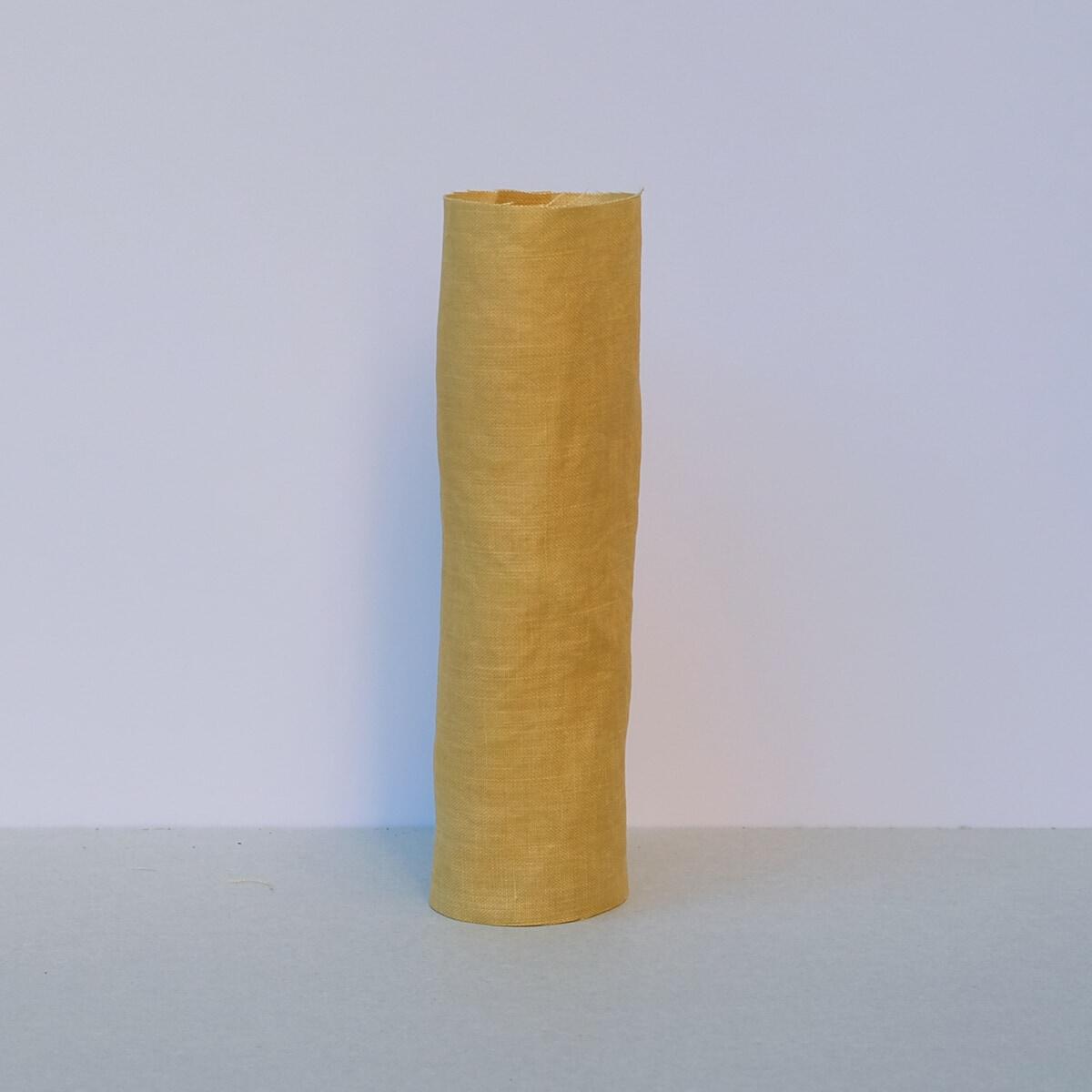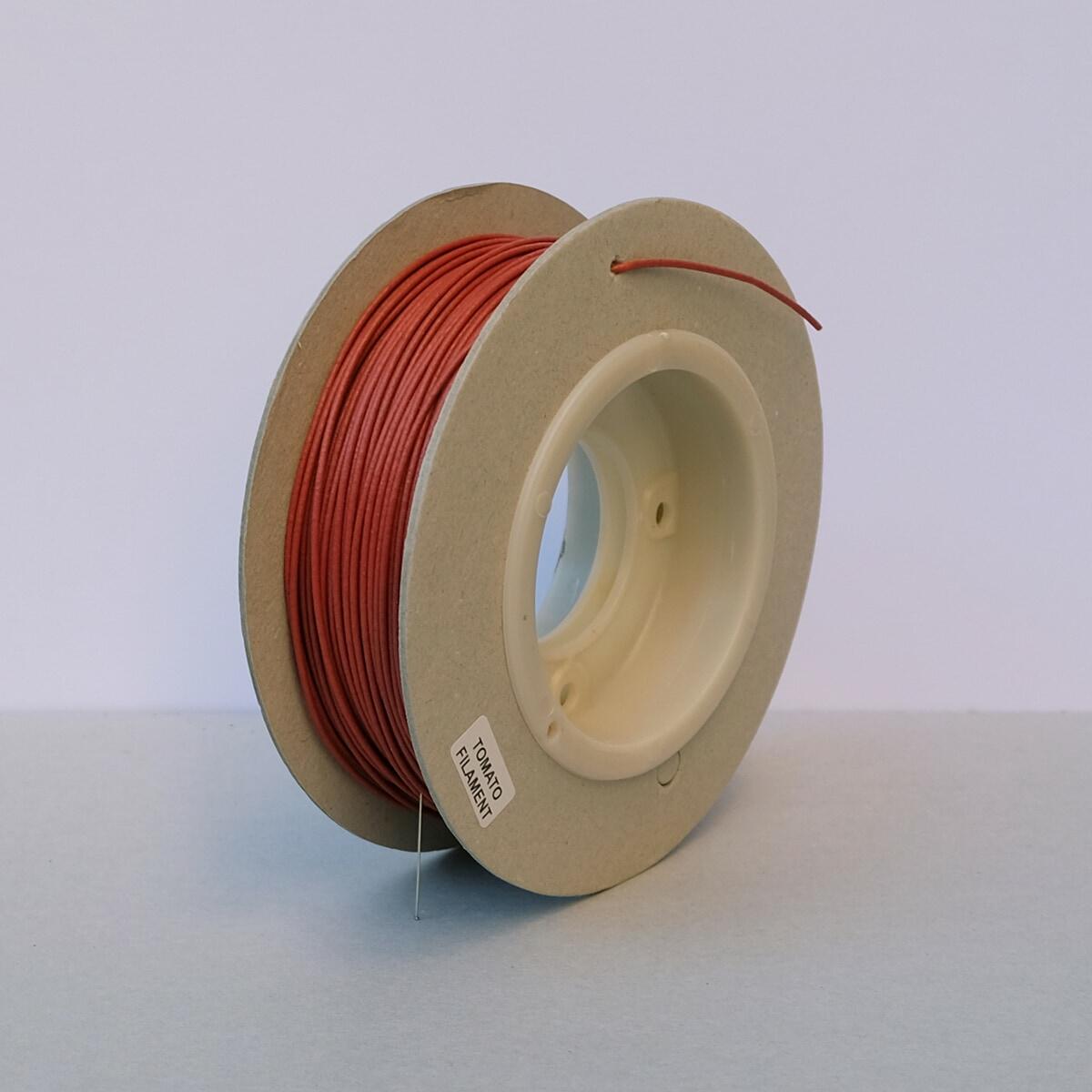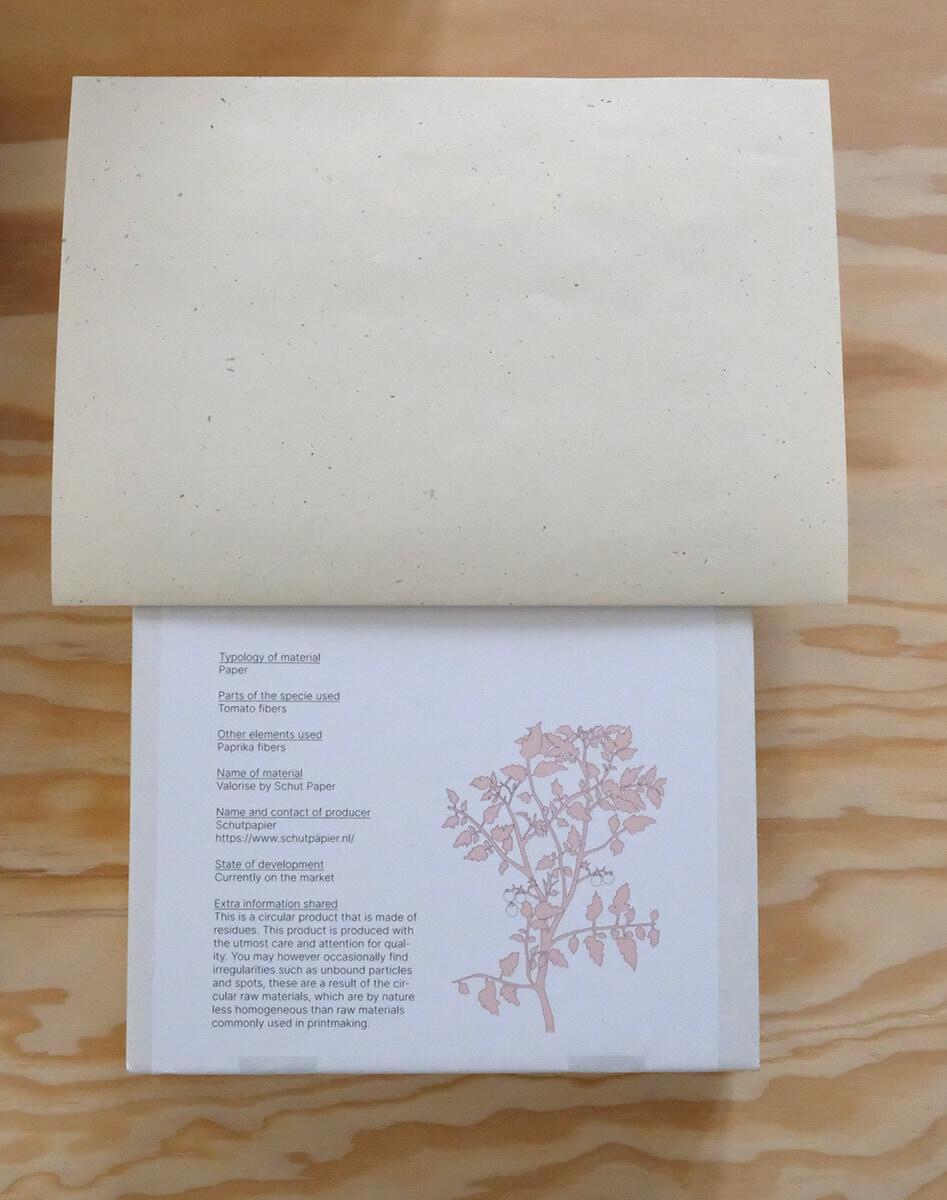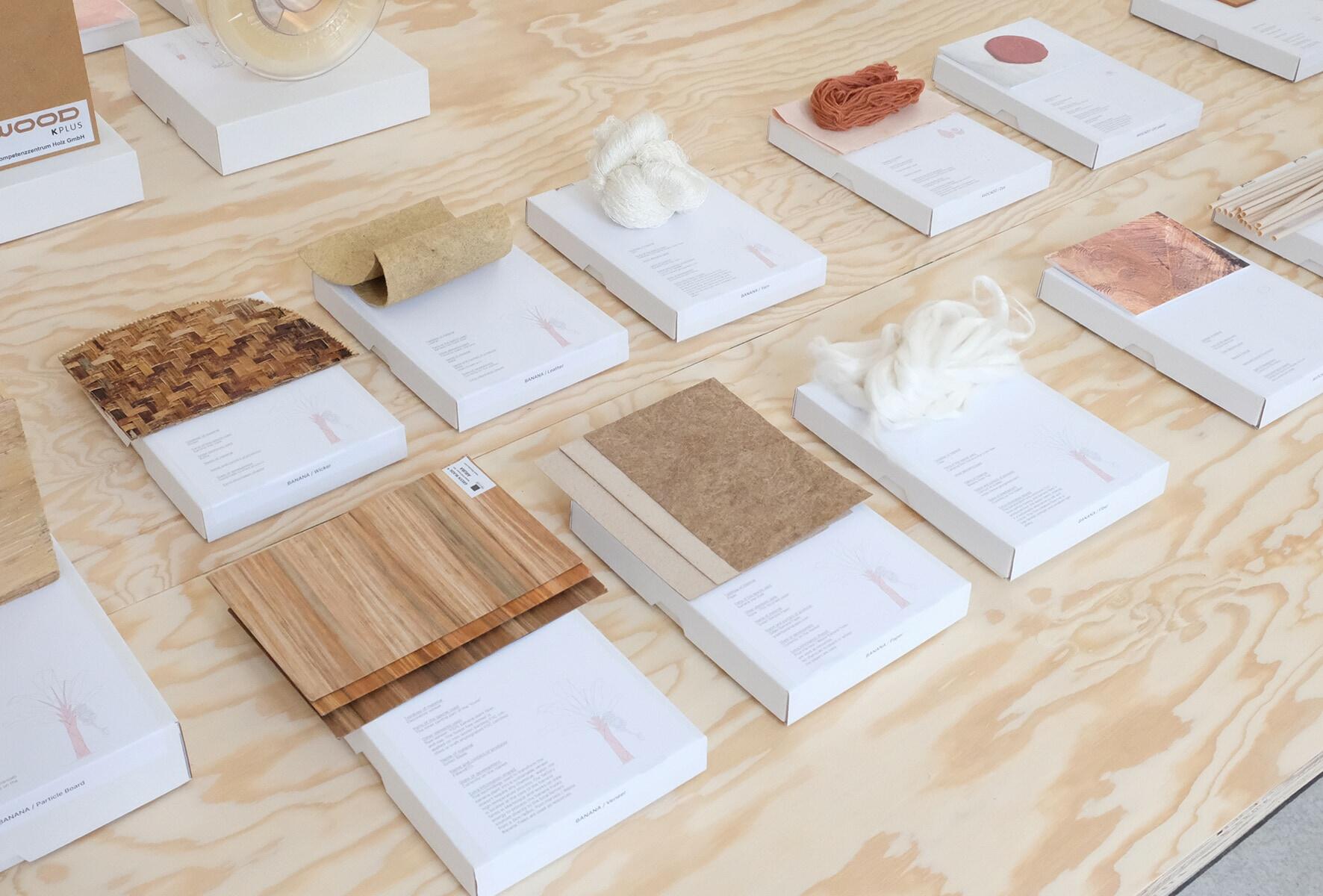The current environmental crisis has proven to be a total one, affecting all ecological domains and threatening biodiversity, soil, water and air. As a reaction to this total crisis, an ever-growing quest for sustainable alternatives to petroleum-based materials has emerged. In the field of design – products, interiors and fashion – this has translated to an increase in natural and bio-fabricated options developed at an industrial level, as well as an increase in experimental design at the studio level. Motivated by the necessity of preserving land for food production, many companies, material engineers and designers began looking into the use of industrial agricultural byproducts for the production of sustainable materials. Based strongly on local bioregional economies, this line of experimental design is creating an expanding market of natural materials. Despite using a richer biodiversity of resources, however, the utilisation of agricultural leftovers or byproducts for sustainable materials is only a technical solution to the use of waste materials and does not question the fundamental logic behind an agricultural system that produces so much effluvia. While these practices mitigate some of the wastefulness of industrial farming, they do not provide real alternatives to the environmental impact of monocultural industrial farming. More worryingly, in some ways, they are contributing to a climate of confusion surrounding the difference between renewable and extractive resources.
In response to the need for sustainable materials and the ecological pressures around single crop intensive industrial agriculture, the research project Syntropic Materials looks at the potential for alternative agro-ecological models to meet these pressing needs. These models include such practices as regenerative agriculture. The project attempts to combine existing alternative agro-ecological practices with the latest development in natural material research in order to design or reverse engineer regenerative processes for plant/animal based material production. Syntropic Materials asks if this innovation in the field of material science can open new possibilities for the development of poly cultural practices. More pertinently, it asks whether or not the choices undertaken in designing polycultures could define new directions for the development of alternative materials.
The project focuses on bringing the non-human and ecosystemic perspective to the material design process. It looks to enhance traditional craft and agricultural forms of knowledge as well as confronting them with contemporary experimentation and standard material production.
In the context of the exhibition “Infinite Creativity for a Finite World” the development of this ongoing project, its research practice and its initial findings are presented. The Milpa Forest Garden was chosen as the first case study and a selection of 13 species of flora has been made, the one more recurring in the literature, even if it’s accounted that in the Milpa Forest Garden more than 90 species can be found. Out of the 13 species 7 material typologies have been identified. Each species and associated material typology has been mapped in relation to the duration of the Milpa Cycle, giving us an overview of what potentially is producible throughout the 20 years of the Maya Forest Garden from a polycultural biomass. In the installation it’s possible to see a collection of material samples produced from the species present in the ecosystem under investigation. Together with a 3 dimensional illustration that guides you through the circular life of the Maya Forest Garden over the span of 20 years.
Syntropic Materials is a long term research project initiated in 2019 and it has been supported by the American Academy in Rome and the Akademie Schloss Solitude in Stuttgart.
